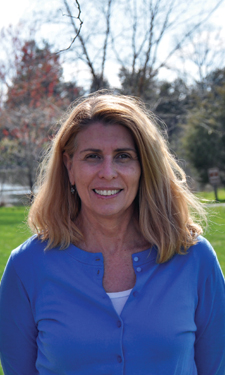 A few weeks ago, after an unusually long and cold East Coast winter, our resident neighbors in Washington, D.C., celebrated the annual Cherry Blossom Festival Week. It is known that when the weather is good, as it was this year, more than one million tourists crowd into D.C. on top of the steady filing of commuters into the area by way of Metro, buses, bikes and cars. This onslaught of people traffic is felt by anyone who enters the area, whether they live in D.C. or not, and places of refuge, such as parks, are often the hardest hit.
A few weeks ago, after an unusually long and cold East Coast winter, our resident neighbors in Washington, D.C., celebrated the annual Cherry Blossom Festival Week. It is known that when the weather is good, as it was this year, more than one million tourists crowd into D.C. on top of the steady filing of commuters into the area by way of Metro, buses, bikes and cars. This onslaught of people traffic is felt by anyone who enters the area, whether they live in D.C. or not, and places of refuge, such as parks, are often the hardest hit.
It is not just tourists who seek out community parks, but also those from other communities who visit to explore new parts of a city, go to the zoo, watch a 10K or enjoy a concert. We plan an event for our community, and if we are lucky, what seems like the whole world shows up for the fun.
Writers Peter Harnik and Abby Martin break out the details of this subject for us by exploring the causes of the financial gaps to which parks are subjected, asked to define and then maintain, often in the face of an underfunded budget. Harnik and Martin brave the bigger idea of “urban park tourism” by challenging the often myopic view of tourism officials.
Patrick Morello’s piece on page 67 reports on the challenges the civic leaders of Little Current, Ontario, experienced as they sought ways to encourage tourism while also meeting the needs of local youths. One surprising solution came in the form of a skatepark. The skatepark was embraced with pride by the skaters who used it and all negative opposition was curtailed as the community discovered how skaters looked out for each other. Many of the skaters even brought their own brooms in order to keep the skatepark clean and well-maintained.
There is no question that parks and green space contribute to the overall health and well-being of a city. Rich Dolesh’s interview with famed urbanist and (yes) environmentalist Kaid Benfield on page 48 explores the power behind green by delving in to Benfield’s book, People Habitat: 25 Ways to Think About Green, Healthier Cities. The interview features discussions on the need for nature within cities and how we need to broaden our view of what constitutes a park, walkability and even the critical need for multifunctional public spaces.
Building community isn’t always as straightforward as it may seem, whether it takes the form of tourist attractions, offbeat youth recreation opportunities or urban planning. However, parks and recreation plays a pivotal role, regardless of the method. We want to know how parks and recreation is helping connect your community, so drop us a line! We’d love to hear your thoughts.
Gina Mullins-Cohen is NRPA's Vice President of Marketing, Communications and Publishing.

